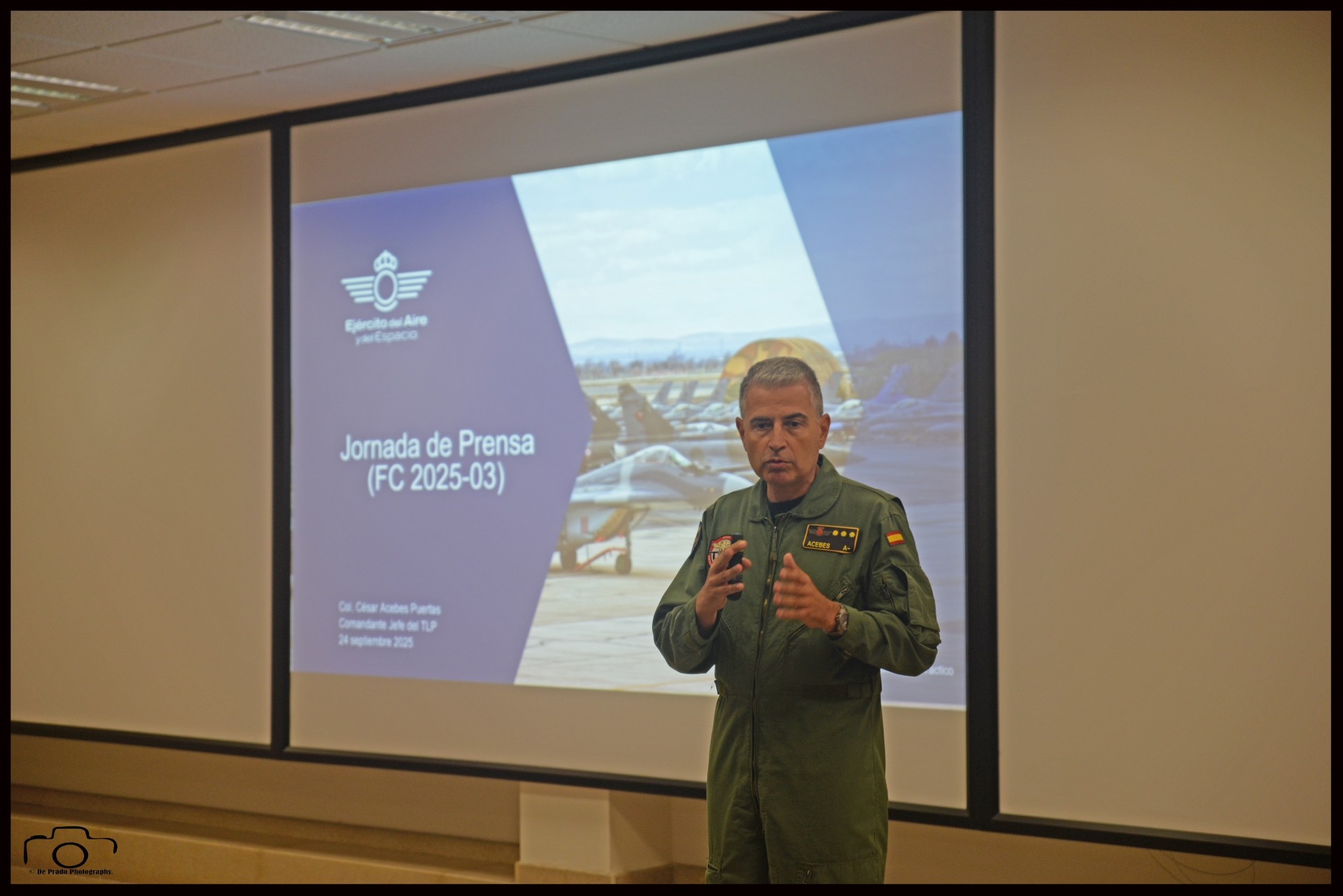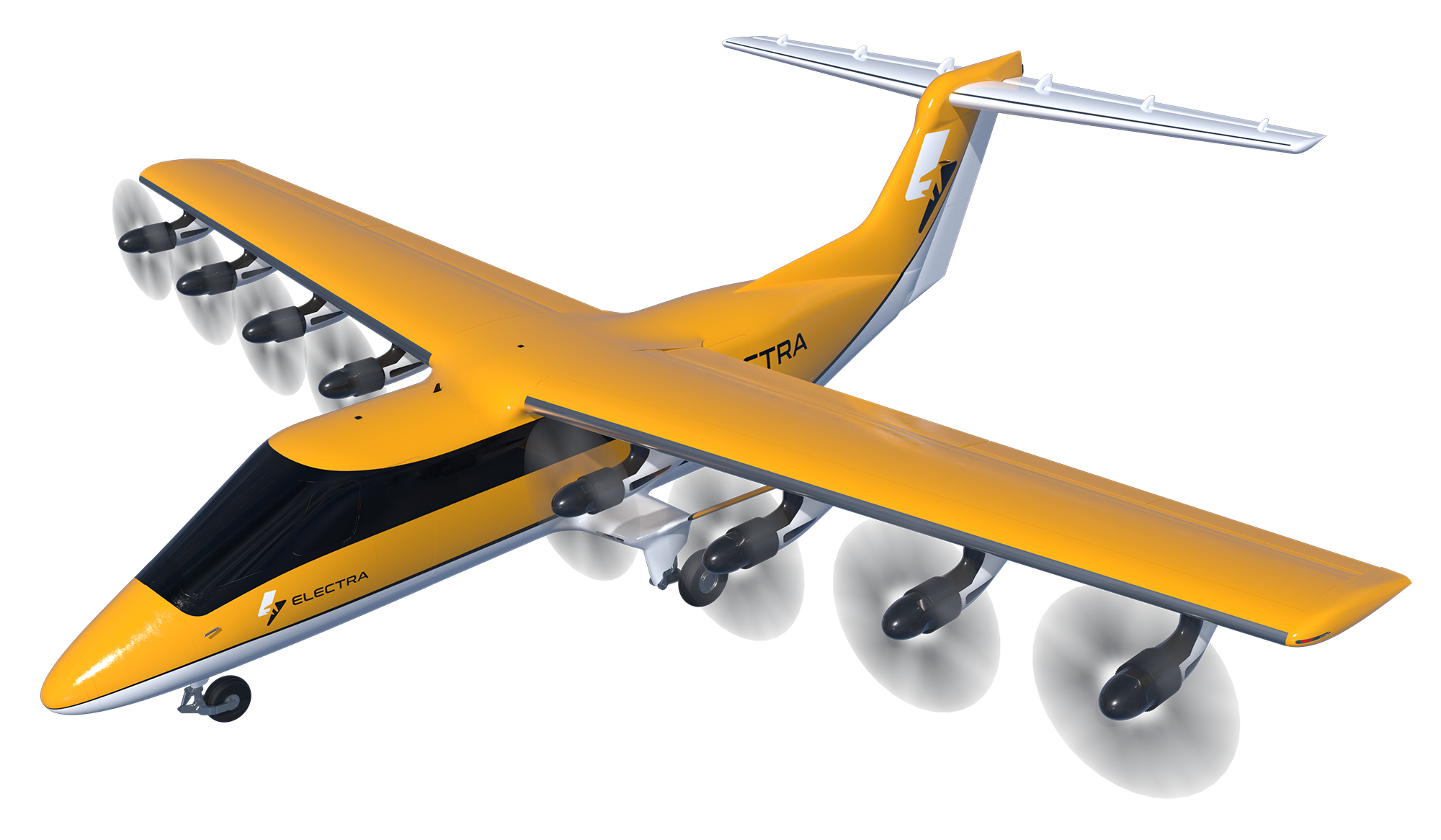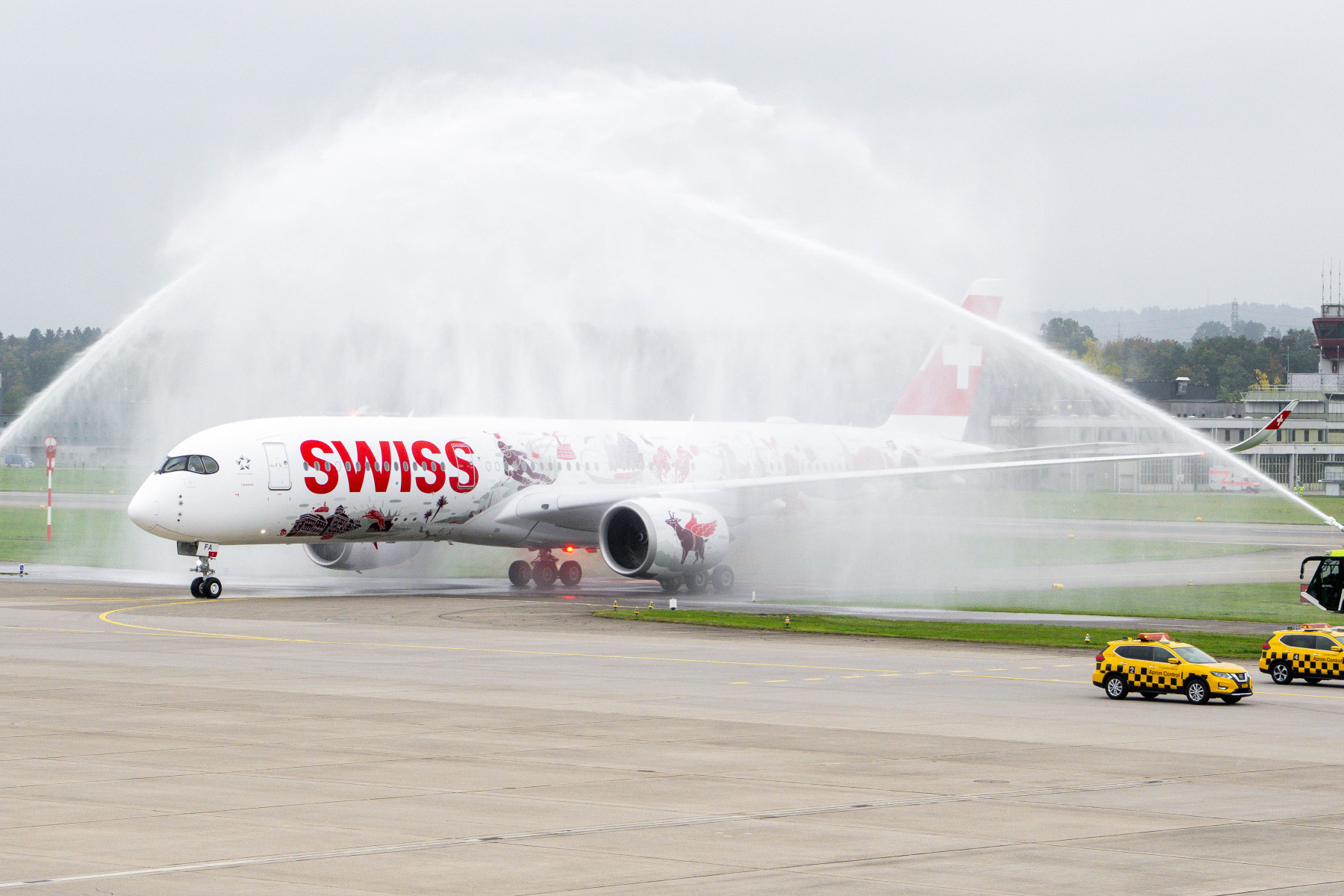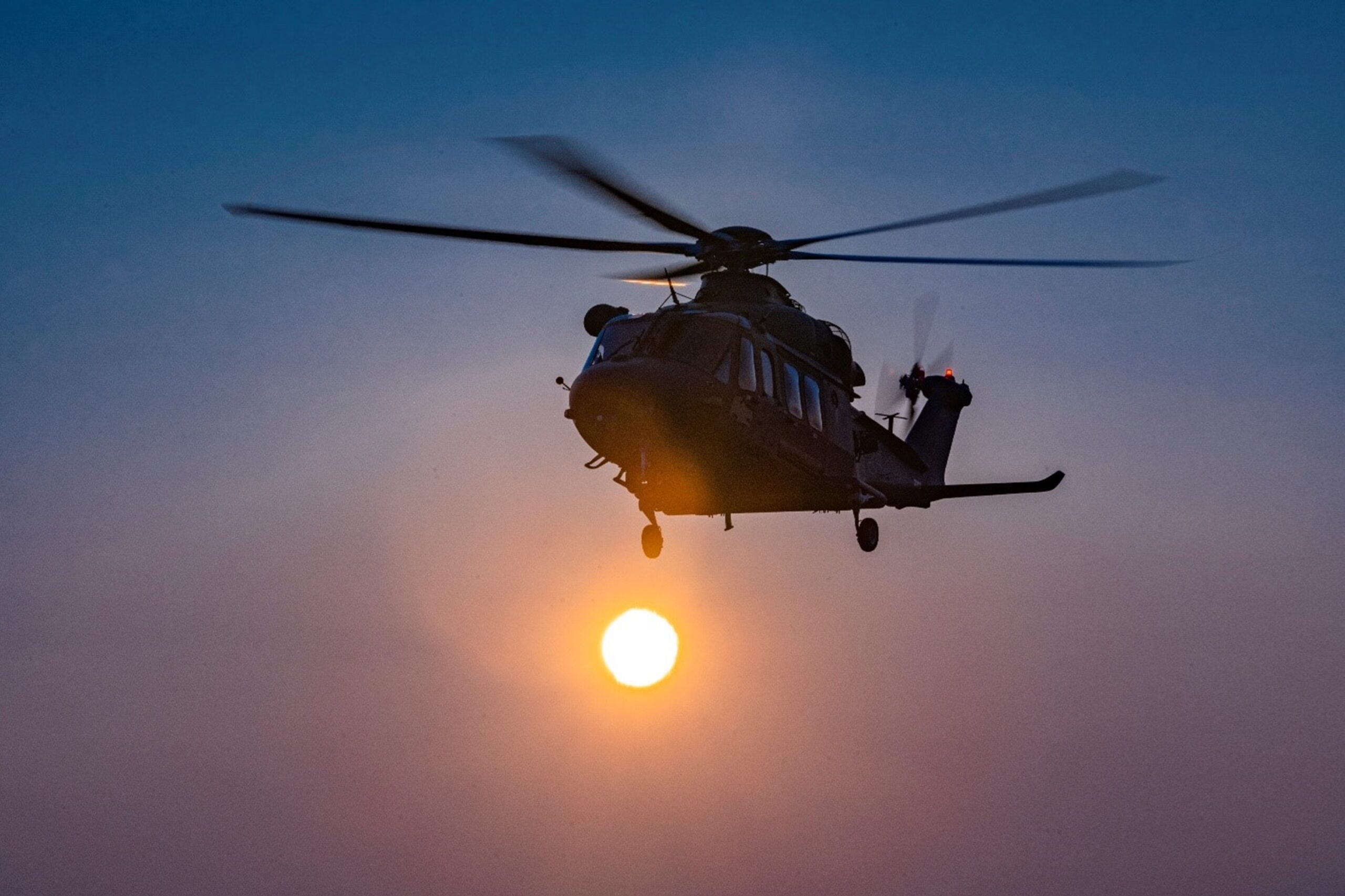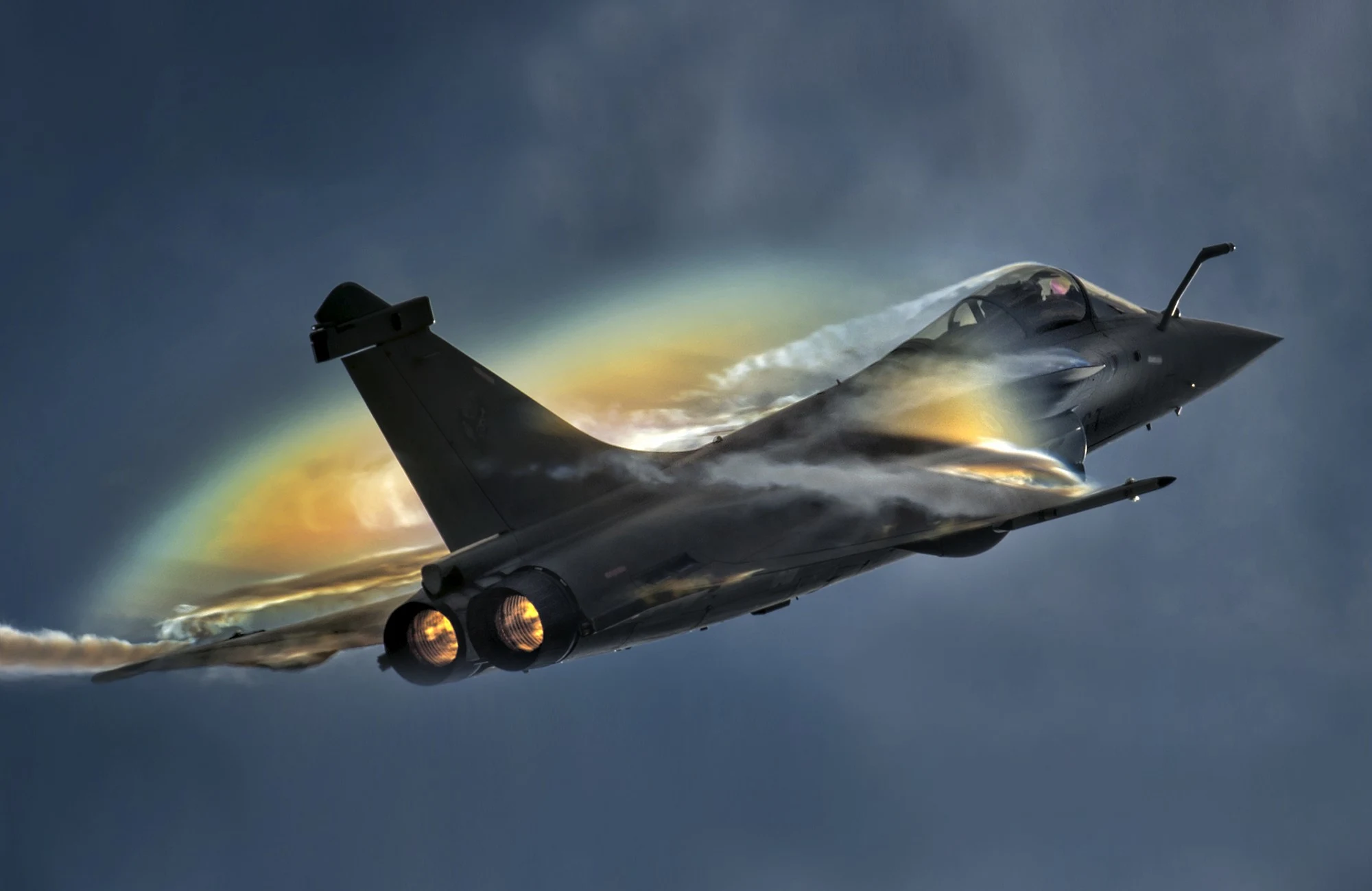Ferran Marín Photos.- Pere Vilalta Torné, Boeing
Returning from MAR-ASW24, a joint exercise conducted with the US Navy and the Portuguese Air Force in the Mediterranean, the frigates Navarra and Canarias stopped in the port of Tarragona. During two consecutive open days, the large public was able to visit the two vessels.
We had the pleasure of being received by Captain Ernesto Grueso García, commander of the 41st Escort Squadron. He gave us the opportunity to learn some details about his participation in the recently conducted joint tactical exercise. Captain Ernesto Grueso and the rest of the delegation, both commanders of their respective frigates and Navy Command. A lieutenant, the officer who led MAR-ASW24, explained that the exercises had not only been specifically related to anti-submarine warfare, but had also served as a rehearsal for various exercises and drills, designed to coordinate the various participating forces.
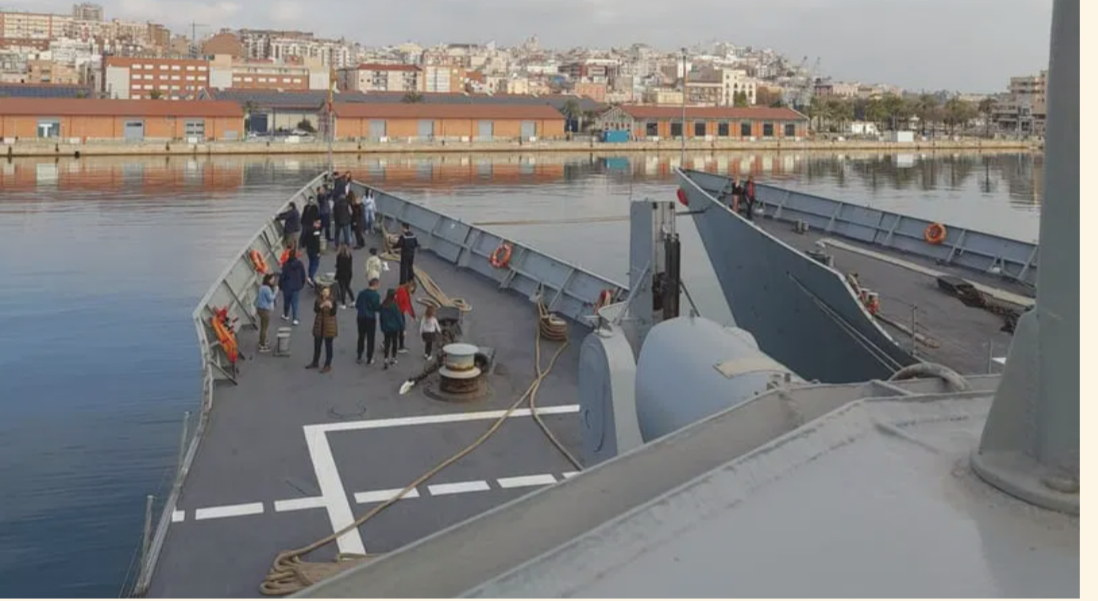
In exercises like MAR-ASW 24, the Navy assesses and demonstrates its ability to confront current threats. These threats are constantly evolving, and therefore, a technologically advanced, balanced, interoperable, and expeditionary Navy is essential, making it essential to invest in its readiness and modernization.
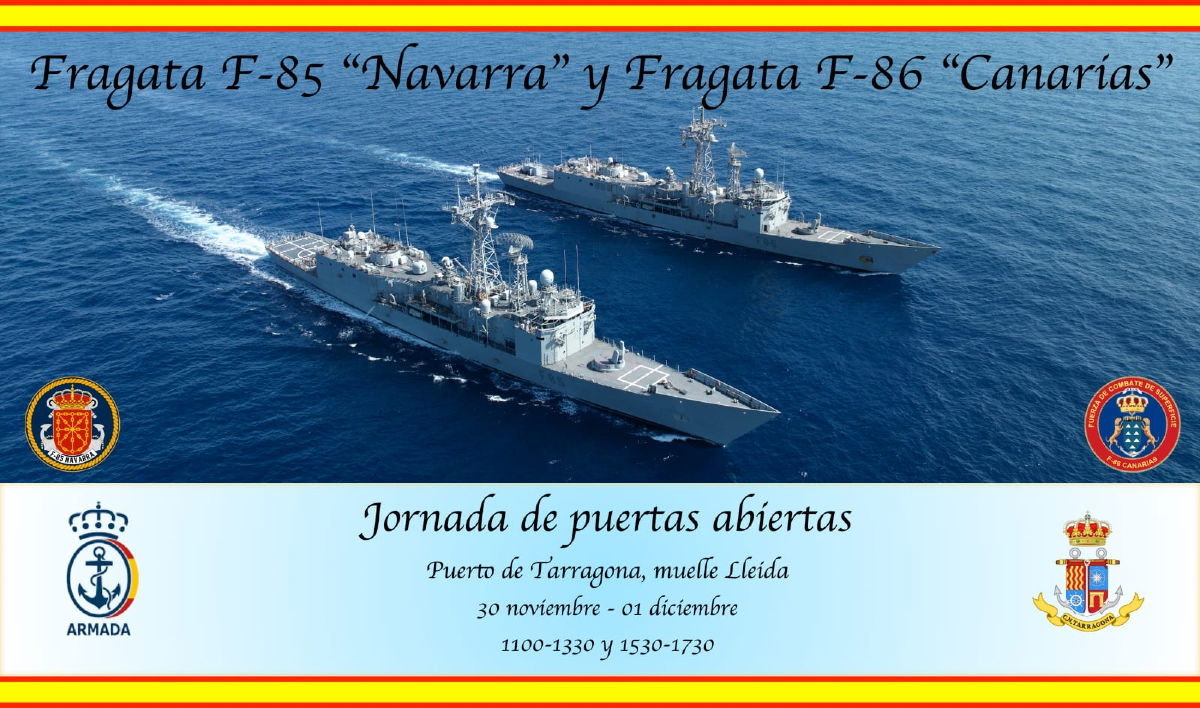
Air assets deployed in the MAR-ASW24 exercise
An SH60B anti-submarine warfare helicopter from the Navy’s Aircraft Flotilla participated. It was used to detect the Spanish Navy’s Galerna submarine, but on this occasion, it acted as a simulated attacking force. This was achieved through the use of the SH60B’s sonobuoys, the mission aircraft’s radars, and other radar detection systems on the ships themselves. Once the supposed submerged enemy was identified, a shaped-charge torpedo was launched, which was countered by the Spanish submarine’s launch of another torpedo as a defensive response.
A US Navy P8 Poseidon from Sigonella base (Italy), as well as a US Navy MH60R helicopter based in Rota from HSM-79 and a P3 Orion from the Portuguese Air Force, completed the air operation.
 Photo.- Boeing/US Navy
Photo.- Boeing/US Navy
The F110s will gradually replace the current F80 frigates.
The F-110 frigates will be multipurpose escorts, designed for high-intensity scenarios, with significant combat capability in all major areas of warfare, necessary to carry out their duties, especially in force protection and naval power projection profiles, both in the joint and combined arenas, and in the face of an increasingly complex conventional and asymmetric threat. The F-110s will also be highly versatile, enabling them to perform their duties related to maritime security and support to civil authorities, typically in low-intensity scenarios. Although the F-110 will be an ocean escort, its ability to operate in the littoral region will be particularly enhanced, a more demanding environment for weapons and sensors, which greatly affects all aspects of operations and therefore most of the ship’s capability areas.
To be able to perform its missions and duties, the F-110 will conceptually be a balanced escort in all major wars, with some aspects enhanced to compensate for the overall capabilities of the Navy.
Regarding the visit to the Catalan capital, he told us that the Navy is always willing to strengthen relations with the public, and that these events are very positive in terms of raising awareness of the role of our armed forces.
For his part, the commander of the Tarragona Navy military command, Juan José Ruiz Pérez, expressed his satisfaction at being able to count on this important visit, which he himself had coordinated, and he told us that he is already planning a next event: once the future F-110 of the Bonifaz class, which will bear the name Admiral Roger de Lauria, has been delivered, the city of Tarragona will once again host a new event. Will it perhaps be a Godparenthood?
He pointed out that although the primary mission of these Santa María-class frigates is to escort other vessels, both from the Navy and civilian ships, transiting through risk zones, they can also be used to provide logistical support. They have recently collaborated in relief efforts in the areas devastated by Dana in the province of Valencia.
Previously, the frigate Navarra docked near the city’s cruise ship terminal. It set sail with a representation of the Marine Infantry Veterans Regiment and the Tarragona Naval Command to pay tribute to those killed on the minelayer Eolo.
The Navy promotes awareness of its contribution to the maritime history of Spain and the world. An example of this is the tribute to the minelayer “Eolo” and the tribute to those who fell for Spain, with civilian personnel on board.
Taking advantage of the stay in the city and at the initiative of the Tarragona Navy Command itself, in coordination with the Tarragona City Council, a tribute was held to the distinguished sailor Roger de Lauria, whose remains rest in the monastery of Santes Creus Tarragona. A military offering was made by placing a wreath at the foot of the statue of the distinguished Admiral in the presence of local authorities.
We thank all the officers of both frigates for the exquisite treatment they gave us on board.
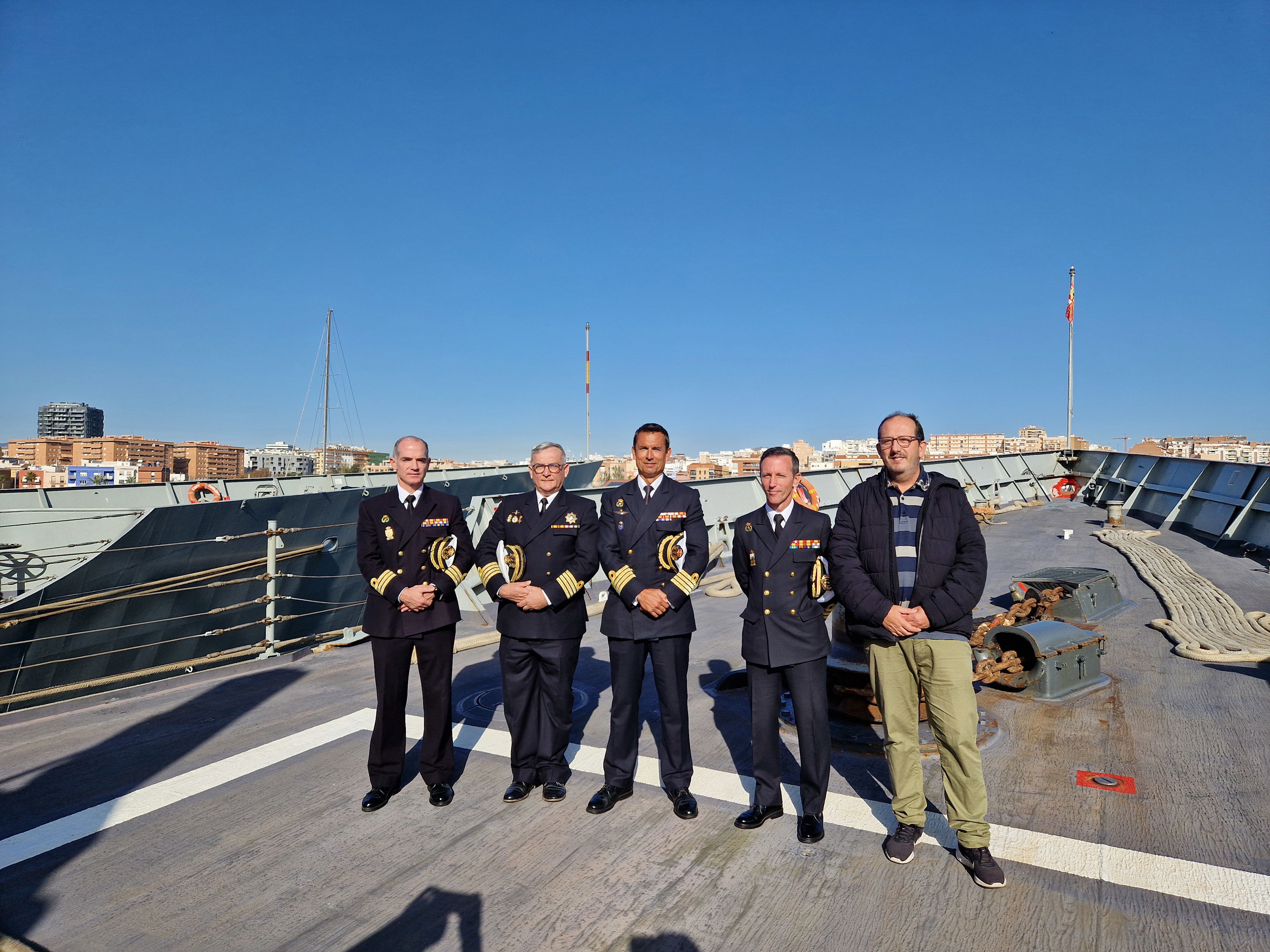
From left to right.- Captain in command of the Canarias F-86 Frigate Mr. David García García – Captain of the Ship Mr. Juan José Ruiz Pérez Naval Commander of Tarragona, Captain of the Ship Mr. Ernesto Grueso García in turn Commander of the 41st Escort Squadron based in Rota – Captain in command of the Navarra F-85 Frigate Mr. Álvaro Huelin Gan Ferran Marín Pellicer Editor-in-Chief of Time4Avia.


